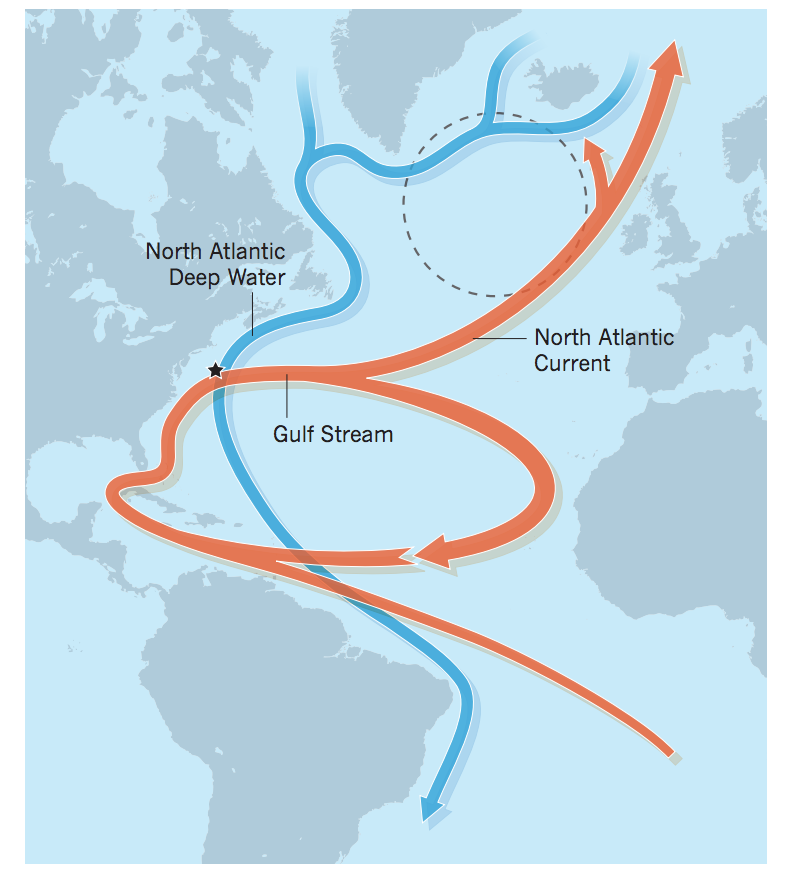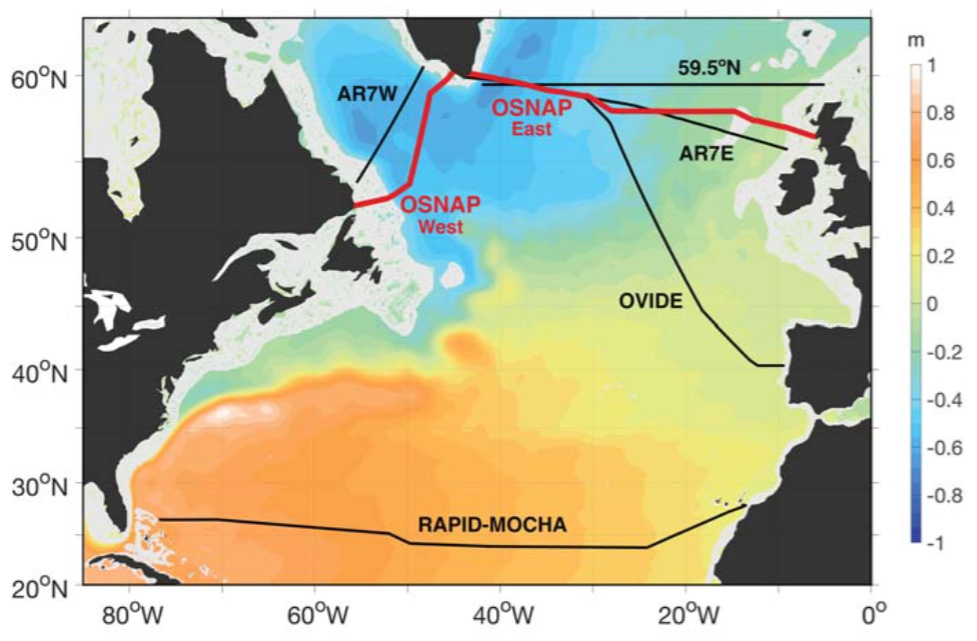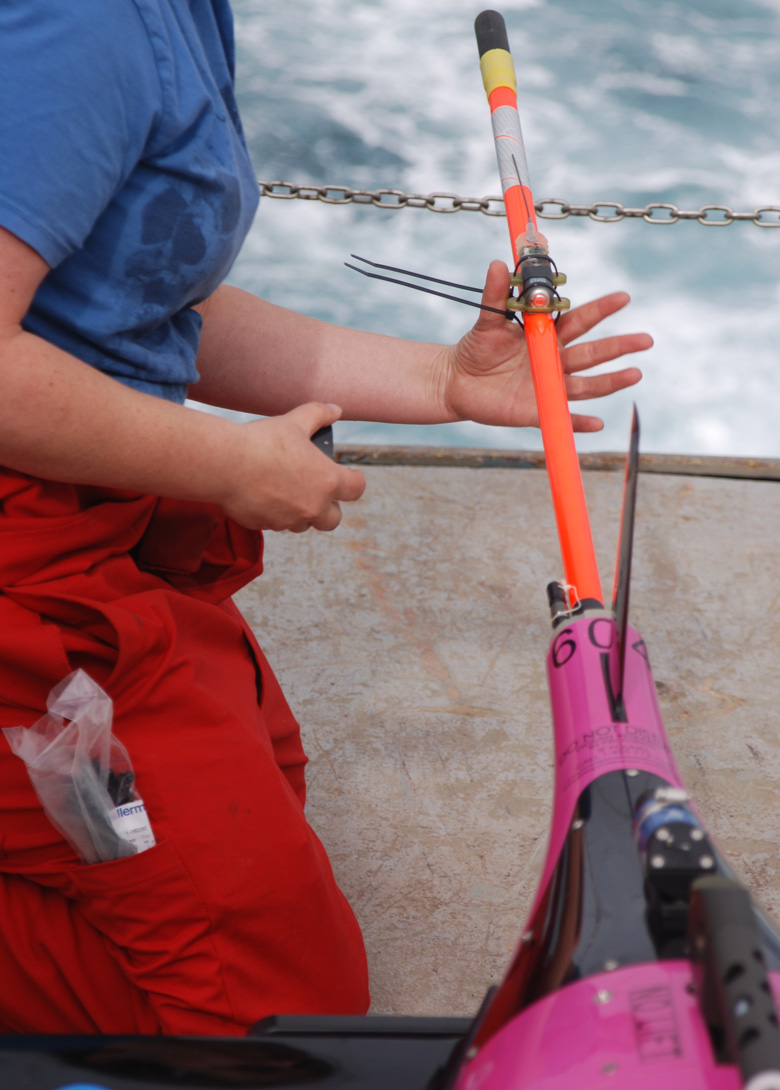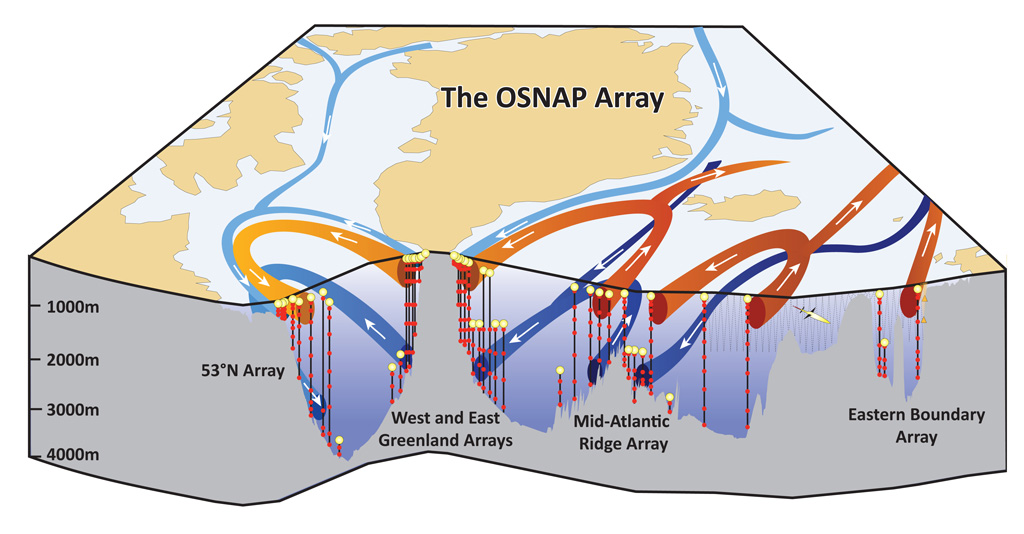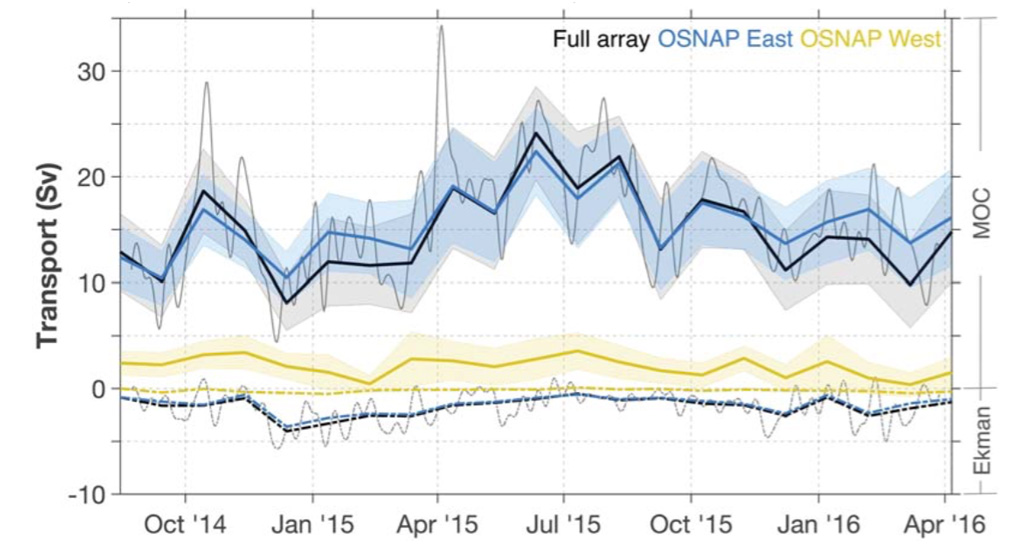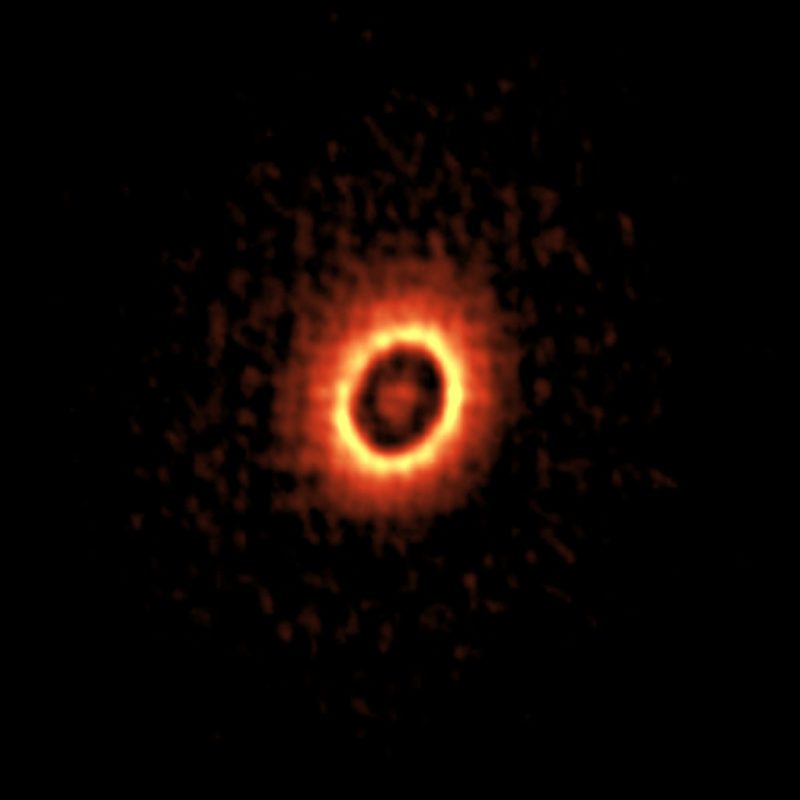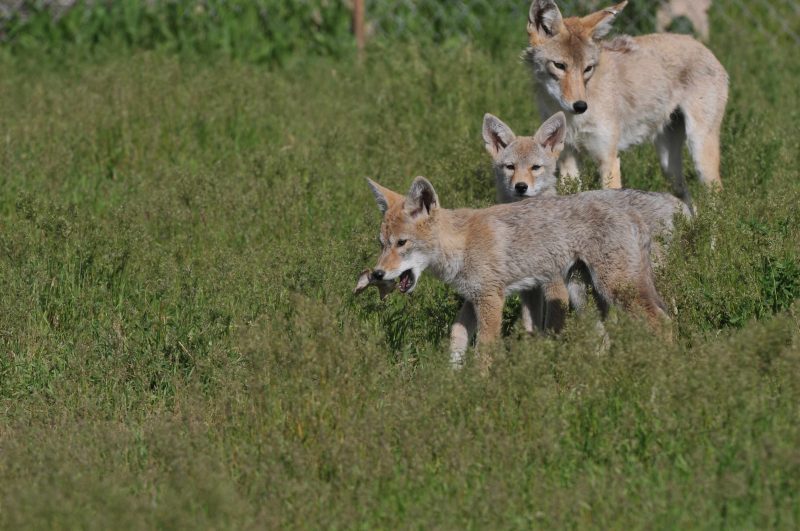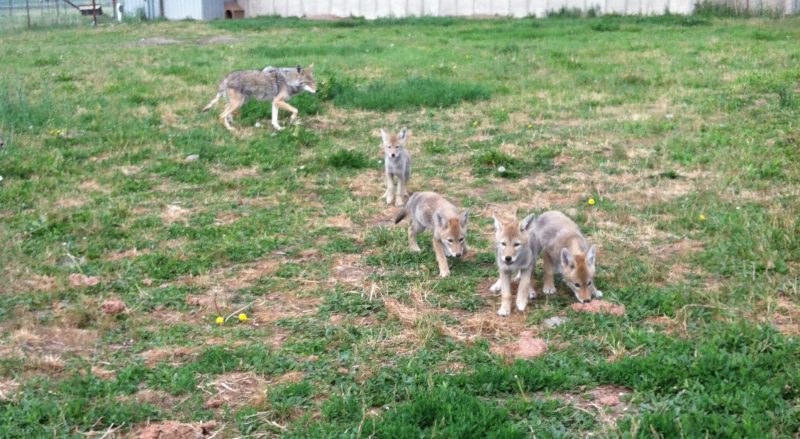This is a re-post from Yale Climate Connections by Bud Ward
The ambitious, and some would say wholly unrealistic and impractical, Green New Deal (GND) pending as a non-binding “sense of the Senate” resolution deserves credit for having raised the visibility of the clearly urgent climate change issue, not only across Washington, D.C., but across the U.S. overall.
That’s an important and critically valuable first step, given that the issue has been all but deep-sixed by the abject undercutting of it by the Trump administration.
Commentary
So much has climate change moved toward, if not actually on to, the center stage that some savants can realistically foresee its becoming a full-fledged “issue” in the 2020 presidential and congressional elections. That would be in stark contrast to the 2016 presidential campaign, during which climate change went virtually ignored throughout the primary season and the general election.
An issue, yes. But perhaps also a wedge issue, with the GND and its amateurish flawed introduction having set the table and given the President and those steadfastly rejecting climate science a ready target for their trumped-up ire … a gift of “irresistible talking points,” as a New York Times September 24 editorial called it.
Beyond bestowing on the climate change issue the air of seriousness and urgency that scientists clearly warn it demands, GND and the pro- and con-brouhaha surrounding it provide a real service in putting forth what one of its original cosponsors described as, in effect, an RFP … a request for proposals.
Those many widely and wildly rejecting the climate change elements of the GND – keep in mind, the resolution as written ventures also into critical issues well beyond climate change – track pretty closely with those who for too long refused to acknowledge the overwhelming body of scientific evidence on the climate. That’s a familiar pattern: First challenge the evidence and then, when that approach becomes unsustainable, challenge the proposed cures. Funny how that happens.
There may too be other ways in which the history on these kinds of issues appears bound to repeat itself. The last time a “sense of the Senate” climate resolution was considered on the floor was in 1997. Who can forget the “Byrd-Hagel” resolution, passed 95-0 in rejecting the then-administration’s efforts to move forward on the Kyoto Protocol? Or, more importantly, forget the lessons to be drawn from that experience?
Led by the then-senators from West Virginia and Nebraska, that effort expressed the Senate’s opposition to proceeding with binding greenhouse gas emissions initiatives for developed countries (read U.S.) unless developing countries (read China, Russia, India) did the same. It became an albatross, a lead weight, for years to come, hobbling three administrations in their efforts to take action, and becoming a weapon of choice for those wanting to douse any climate change anxieties.
Columbia University adjunct law visiting scholar Susan Biniaz, of the Sabin Center for Climate Change Law, wrote in January that “By its terms, the Byrd-Hagel Resolution applied not only to the Kyoto Protocol but also to any subsequent climate agreement.” It helps to keep in mind that such historical comparisons are seldom perfect fits. It’s fair to acknowledge that there are both similarities and dissimilarities between the then of Byrd-Hagel and the now of Markey-Ocasio Cortez, the lead Senate and House sponsors.
But think about it. That “nonbinding” single-chamber congressional vote more than two decades ago is unlikely to have slipped from the memory of, let’s say, Senate Majority Leader Mitch McConnell (R-Ky), whose coal-focused steadfast opposition to advancing climate actions is part of his DNA. One can fairly wonder if and to what extent the newer and younger breed of senators and representatives also carry the torch, or the scars, left by that Byrd-Hagel vote.
In addressing a wide and critically important range of social and economic issues – higher education for all Americans, pay inequities, job guarantees, secure retirements, housing – the sweeping GND (remember it’s only an RFP) likely is written to enlist some supporters whose motivations aren’t primarily the sustainability of a livable planet. And it may do so. At the same time, of course, it runs the risk of weighing down a proposal for which a plan for attacking global warming might have proved a sufficient burden on its own.
There are of course, and as always, devil’s theories that might apply. Perhaps the canny McConnell, in proposing a full Senate floor vote, is laying a trap, one he hopes will drive a wedge not only among some 2020 congressional candidates defending, or seeking, seats in “red” or pro-coal states, but also among the would-be Democratic presidential candidates. There are early signs that one or both may be happening.
Perhaps the initial apparent coolness to the GND resolution by the likes of House Speaker Nancy Pelosi (D-Ca) and leading Senate office holders – think Dianne Feinstein (also D-Ca) – are such indicators. And add to that the apparent early hesitancy from would-be leading Democratic presidential candidates Amy Klobuchar (D-Mn) and as-yet unannounced Sherrod Brown (D-Ohio).
In its lengthy February 24 editorial somewhat reservedly, somewhat fully, endorsing the Green New Deal, The New York Times chose as a headline “What’s Green? What’s New? What’s the Deal?” That seemed pretty much on-target, echoing the thoughts of many who want, deeply want, some “solution” to the challenging risks that climate change presents. The Times’s sub-headline under that headline: “A dream? Maybe. But it’s better than the climate nightmare we’re living.”
True. No argument there. But is that really where the bar should be set? Isn’t it just too low? What if the ambitious, and some will say unreachable, goals set in the GND inadvertently end up harming prospects for progress in futile pursuit of what some may see as perfection? Possible? Yes.
But once more, look back to history for context. What if John F. Kennedy in that inaugural address had thrown out the challenge to get half-way to the Moon? That’s likely what we would have accomplished, rather than the full-blown societal mobilization, as experts say the climate challenge now demands.
It’s crazy. It’s complex. It’s so far at this point from being an actual legislative proposal, let alone a bill or a law, that GND may best be judged a success if it succeeds only by the measure of a simple formula: GND = RFP. All good ideas welcome, and those rejecting the GND as a whole or its individual climate-related components, must be asked to answer: If not this, then what?
It’s their turn now.
from Skeptical Science https://ift.tt/2HZcGF9
This is a re-post from Yale Climate Connections by Bud Ward
The ambitious, and some would say wholly unrealistic and impractical, Green New Deal (GND) pending as a non-binding “sense of the Senate” resolution deserves credit for having raised the visibility of the clearly urgent climate change issue, not only across Washington, D.C., but across the U.S. overall.
That’s an important and critically valuable first step, given that the issue has been all but deep-sixed by the abject undercutting of it by the Trump administration.
Commentary
So much has climate change moved toward, if not actually on to, the center stage that some savants can realistically foresee its becoming a full-fledged “issue” in the 2020 presidential and congressional elections. That would be in stark contrast to the 2016 presidential campaign, during which climate change went virtually ignored throughout the primary season and the general election.
An issue, yes. But perhaps also a wedge issue, with the GND and its amateurish flawed introduction having set the table and given the President and those steadfastly rejecting climate science a ready target for their trumped-up ire … a gift of “irresistible talking points,” as a New York Times September 24 editorial called it.
Beyond bestowing on the climate change issue the air of seriousness and urgency that scientists clearly warn it demands, GND and the pro- and con-brouhaha surrounding it provide a real service in putting forth what one of its original cosponsors described as, in effect, an RFP … a request for proposals.
Those many widely and wildly rejecting the climate change elements of the GND – keep in mind, the resolution as written ventures also into critical issues well beyond climate change – track pretty closely with those who for too long refused to acknowledge the overwhelming body of scientific evidence on the climate. That’s a familiar pattern: First challenge the evidence and then, when that approach becomes unsustainable, challenge the proposed cures. Funny how that happens.
There may too be other ways in which the history on these kinds of issues appears bound to repeat itself. The last time a “sense of the Senate” climate resolution was considered on the floor was in 1997. Who can forget the “Byrd-Hagel” resolution, passed 95-0 in rejecting the then-administration’s efforts to move forward on the Kyoto Protocol? Or, more importantly, forget the lessons to be drawn from that experience?
Led by the then-senators from West Virginia and Nebraska, that effort expressed the Senate’s opposition to proceeding with binding greenhouse gas emissions initiatives for developed countries (read U.S.) unless developing countries (read China, Russia, India) did the same. It became an albatross, a lead weight, for years to come, hobbling three administrations in their efforts to take action, and becoming a weapon of choice for those wanting to douse any climate change anxieties.
Columbia University adjunct law visiting scholar Susan Biniaz, of the Sabin Center for Climate Change Law, wrote in January that “By its terms, the Byrd-Hagel Resolution applied not only to the Kyoto Protocol but also to any subsequent climate agreement.” It helps to keep in mind that such historical comparisons are seldom perfect fits. It’s fair to acknowledge that there are both similarities and dissimilarities between the then of Byrd-Hagel and the now of Markey-Ocasio Cortez, the lead Senate and House sponsors.
But think about it. That “nonbinding” single-chamber congressional vote more than two decades ago is unlikely to have slipped from the memory of, let’s say, Senate Majority Leader Mitch McConnell (R-Ky), whose coal-focused steadfast opposition to advancing climate actions is part of his DNA. One can fairly wonder if and to what extent the newer and younger breed of senators and representatives also carry the torch, or the scars, left by that Byrd-Hagel vote.
In addressing a wide and critically important range of social and economic issues – higher education for all Americans, pay inequities, job guarantees, secure retirements, housing – the sweeping GND (remember it’s only an RFP) likely is written to enlist some supporters whose motivations aren’t primarily the sustainability of a livable planet. And it may do so. At the same time, of course, it runs the risk of weighing down a proposal for which a plan for attacking global warming might have proved a sufficient burden on its own.
There are of course, and as always, devil’s theories that might apply. Perhaps the canny McConnell, in proposing a full Senate floor vote, is laying a trap, one he hopes will drive a wedge not only among some 2020 congressional candidates defending, or seeking, seats in “red” or pro-coal states, but also among the would-be Democratic presidential candidates. There are early signs that one or both may be happening.
Perhaps the initial apparent coolness to the GND resolution by the likes of House Speaker Nancy Pelosi (D-Ca) and leading Senate office holders – think Dianne Feinstein (also D-Ca) – are such indicators. And add to that the apparent early hesitancy from would-be leading Democratic presidential candidates Amy Klobuchar (D-Mn) and as-yet unannounced Sherrod Brown (D-Ohio).
In its lengthy February 24 editorial somewhat reservedly, somewhat fully, endorsing the Green New Deal, The New York Times chose as a headline “What’s Green? What’s New? What’s the Deal?” That seemed pretty much on-target, echoing the thoughts of many who want, deeply want, some “solution” to the challenging risks that climate change presents. The Times’s sub-headline under that headline: “A dream? Maybe. But it’s better than the climate nightmare we’re living.”
True. No argument there. But is that really where the bar should be set? Isn’t it just too low? What if the ambitious, and some will say unreachable, goals set in the GND inadvertently end up harming prospects for progress in futile pursuit of what some may see as perfection? Possible? Yes.
But once more, look back to history for context. What if John F. Kennedy in that inaugural address had thrown out the challenge to get half-way to the Moon? That’s likely what we would have accomplished, rather than the full-blown societal mobilization, as experts say the climate challenge now demands.
It’s crazy. It’s complex. It’s so far at this point from being an actual legislative proposal, let alone a bill or a law, that GND may best be judged a success if it succeeds only by the measure of a simple formula: GND = RFP. All good ideas welcome, and those rejecting the GND as a whole or its individual climate-related components, must be asked to answer: If not this, then what?
It’s their turn now.
from Skeptical Science https://ift.tt/2HZcGF9

